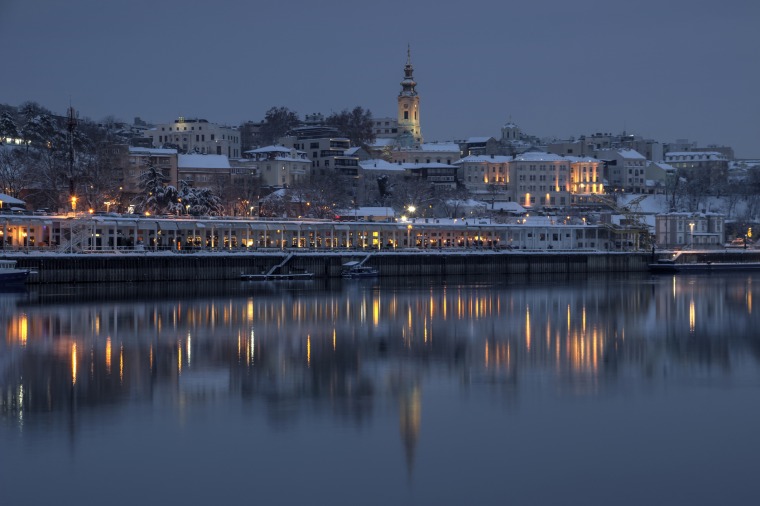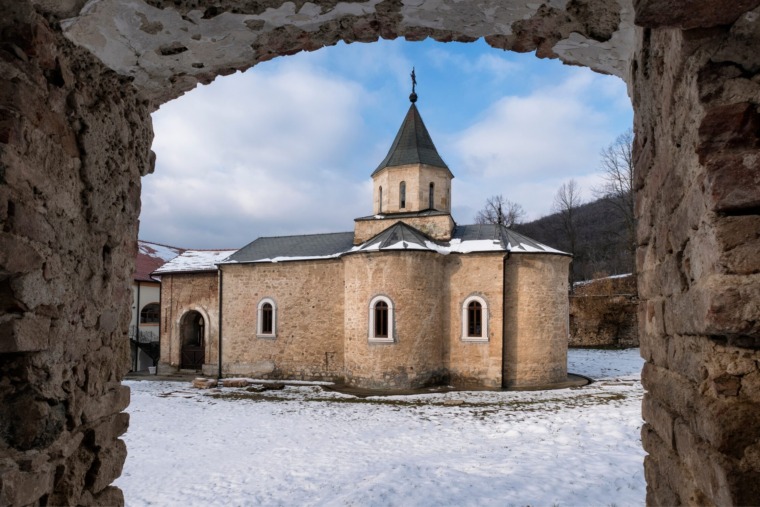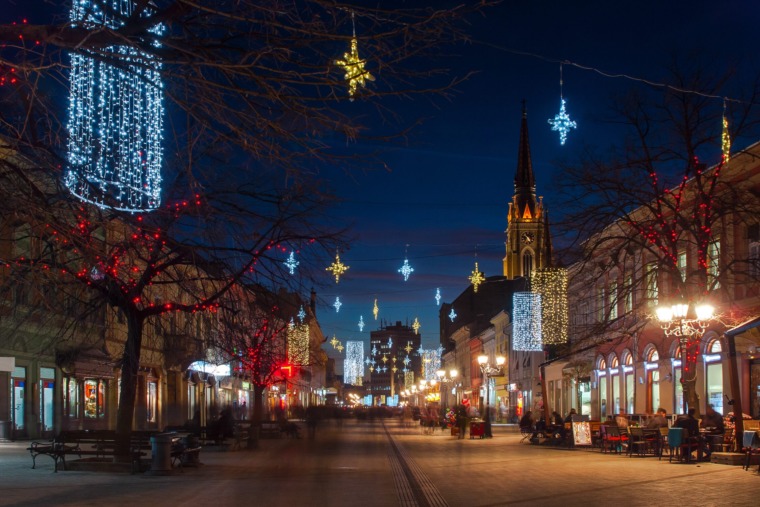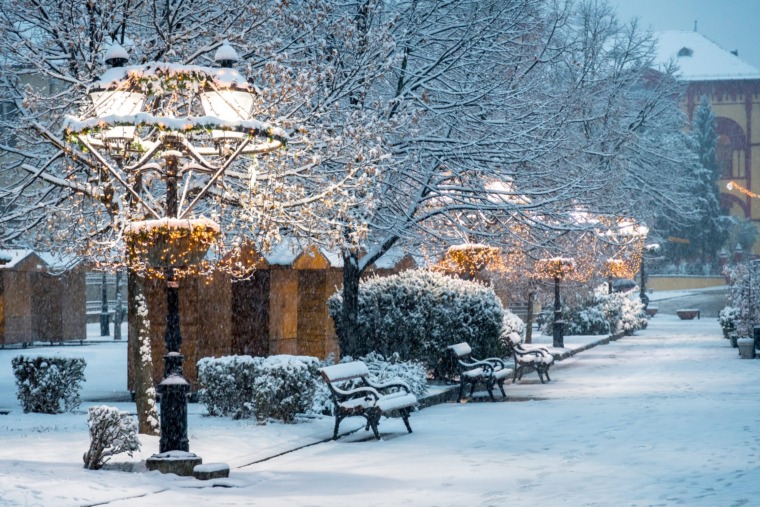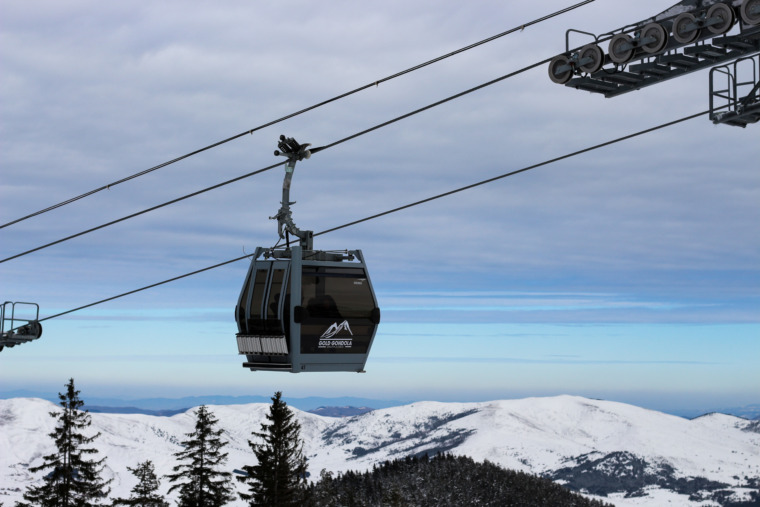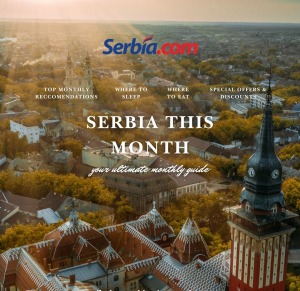

Sretenje, celebrated on February 15th, is one of the most important national holidays in Serbia. It marks a pivotal moment in the country’s history: the establishment of the modern Serbian state. For the citizens of Serbia, Sretenje is not just a commemoration of a historical event, but also a day to reflect on national pride, heritage, and the ongoing journey toward unity and progress.
But what exactly is Sretenje, and why is it so significant? Let’s dive into the meaning behind this day, how it’s celebrated, and what it represents for Serbia.
Historical Significance of Sretenje
Sretenje Day holds deep historical roots, tied to the beginning of Serbia’s modern statehood. The date February 15th, 1804 marks the beginning of the First Serbian Uprising against the Ottoman Empire. Led by Karađorđe Petrović, the uprising was the first major revolt against centuries of Ottoman rule in the Balkans. It was on this day that the Serbian people rose up in arms to demand their freedom and independence, and the insurrection is seen as the starting point of the Serbian Revolution.
The uprising eventually led to the formation of the Principality of Serbia, the precursor to the modern state. The victory was the first step towards the eventual recognition of Serbia’s autonomy and sovereignty, paving the way for its later independence in 1878 at the Congress of Berlin.
In addition to commemorating the First Serbian Uprising, Sretenje is also historically significant because it coincides with the adoption of the first Serbian Constitution in 1835. This constitution was a landmark moment for Serbia, as it outlined the country’s legal and political framework. Sretenje thus symbolizes both the fight for freedom and the birth of Serbian constitutionalism and national identity.
Celebration of Sretenje: Statehood Day in Serbia
Sretenje is officially celebrated as Statehood Day in Serbia, making it a public holiday that honors the nation’s independence and sovereignty. On this day, Serbia reflects on its rich history, the struggles for freedom, and its journey as a sovereign nation.
The celebrations of Sretenje include a variety of events, ceremonies, and reflections on the nation’s past. Here are some common ways the holiday is observed:
Ceremonies and State Events
In the capital city of Belgrade, as well as across the country, official ceremonies take place to mark the occasion. The day is typically marked by speeches from Serbian officials, including the President of Serbia, who reflects on the importance of the day and the progress the country has made since the 19th century. During these speeches, there is often a focus on national unity, democracy, and Serbia’s place in the world today.
On Statehood Day, official wreath-laying ceremonies are held at the Monument to the Unknown Hero and at the Tomb of Karađorđe Petrović, where the leaders of the First Serbian Uprising are honored. Additionally, the Serbian Parliament may hold special sessions to discuss matters related to the nation’s sovereignty, history, and future.
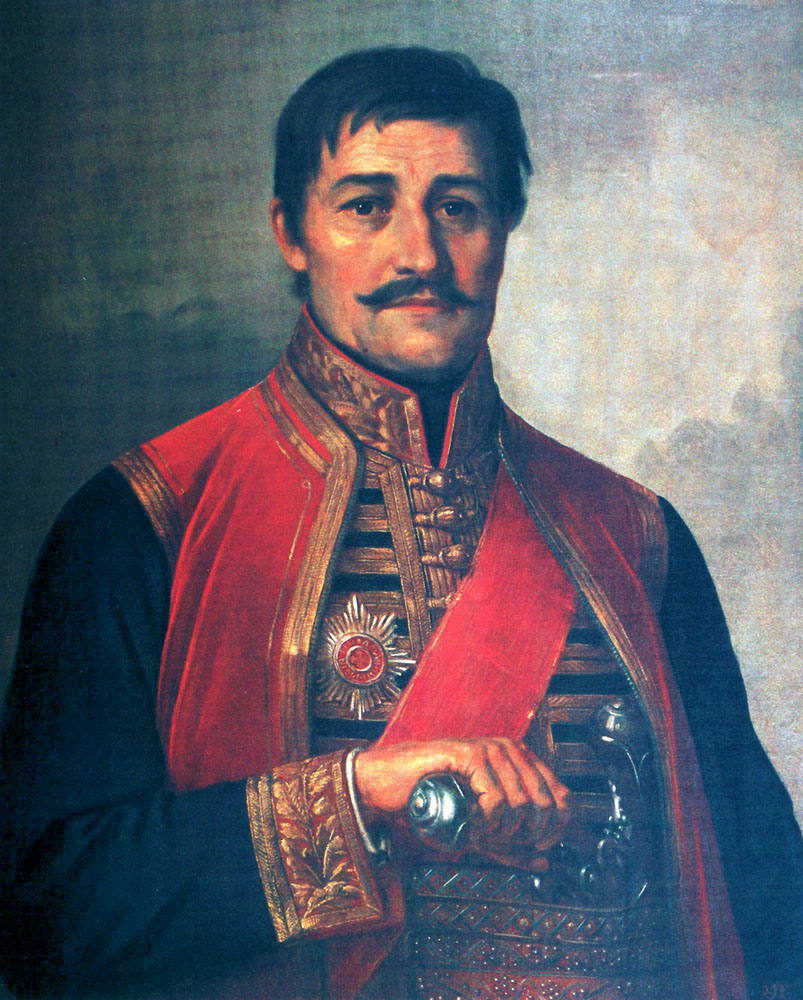
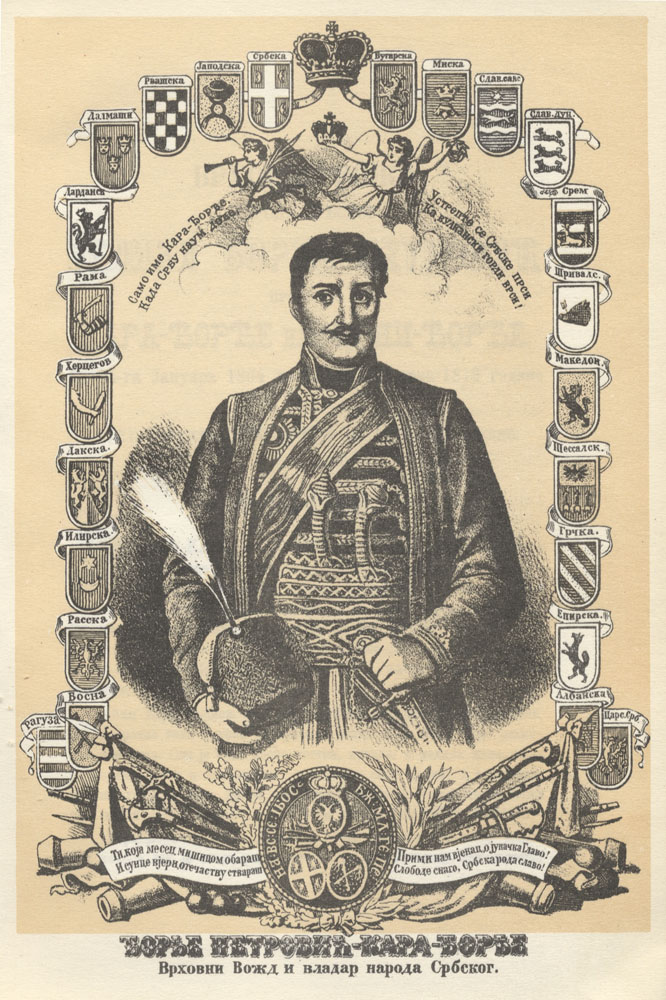
Zoupan, Wikimedia
Public Holidays and Festivities
Although Sretenje is primarily a day of reflection, it is also an occasion for family gatherings and celebrations. Many people in Serbia use this day to spend time with their loved ones, enjoy a meal together, and remember the importance of national heritage. For many, it’s a day to take pride in being Serbian, to remember the sacrifices made for the nation’s freedom, and to look toward the future.
Sretenje and National Identity
For the Serbian people, Sretenje is about more than just commemorating a date on the calendar. It is about remembering the long journey that has led Serbia to where it is today—a journey marked by both hardship and triumph. It is a day to honor the perseverance of the Serbian people, who fought for their freedom against a mighty empire and who continue to work toward a prosperous future.
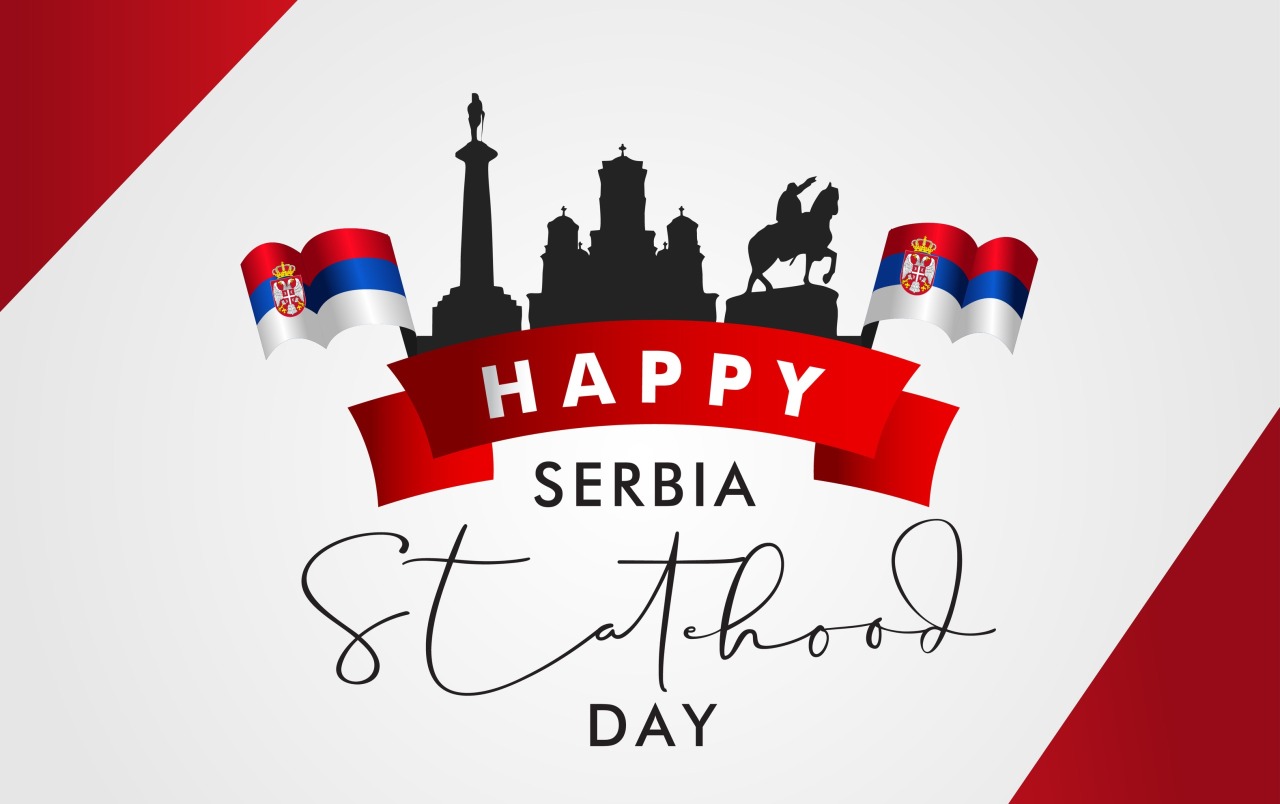
Statehood Day is also a reminder of the resilience and determination of Serbia’s founders, like Karađorđe, who fought for the country’s independence and created a vision of a free and sovereign Serbian state. His legacy, along with the efforts of others who came after him, lives on in the values of freedom, self-determination, and unity that continue to shape Serbia today.
Symbolism of Sretenje
The symbolism of Sretenje is profound. It represents the beginning of a new chapter in Serbia’s history—a chapter in which the Serbian people took their fate into their own hands. The date is a powerful reminder that freedom is not easily won, and that the spirit of resistance and the desire for self-rule are integral parts of Serbian identity.
The holiday also emphasizes democracy, constitutionalism, and sovereignty. The adoption of the first Serbian constitution in 1835 symbolized the birth of a modern, self-governed Serbia—a nation that would no longer be under foreign rule. This event laid the foundation for the creation of modern Serbian institutions and for the development of a democratic and independent country.
A Day to Reflect and Celebrate
Sretenje (Statehood Day) is a day for Serbia to look back on its history with pride, honor the struggles for independence, and celebrate the country’s sovereignty and progress. From its historical roots in the First Serbian Uprising to the adoption of the first constitution, this day is a reminder of the resilience, strength, and unity of the Serbian people.
Related Articles


Winter Wine Escape: Serbia’s Most Beautiful Holiday Wineries
December 11, 2025